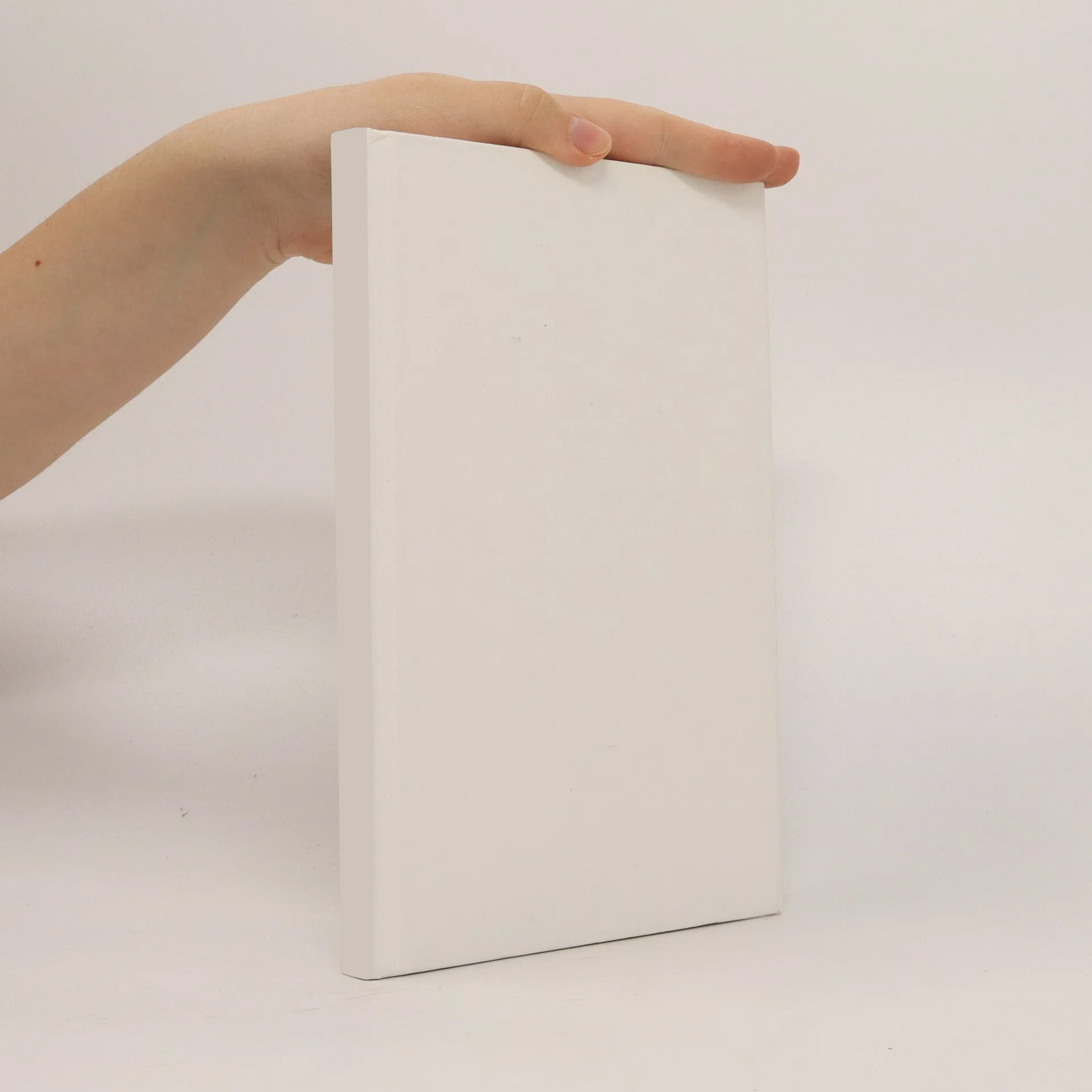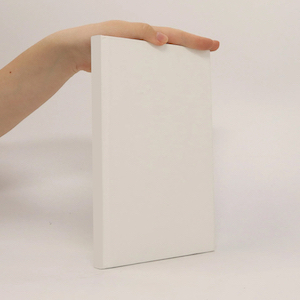The book is currently out of stock

More about the book
The 4th edition offers updated content that reflects the latest research and advancements in the field. It features new chapters, enhanced illustrations, and practical examples that facilitate understanding. This edition emphasizes key concepts and includes comprehensive exercises to reinforce learning. Ideal for students and professionals alike, it serves as a valuable resource for mastering the subject matter. The revisions ensure that readers are well-equipped with current knowledge and skills essential for success.
Book purchase
Elements of Quantum Optics, Pierre Meystre, Murray Sargent
- Language
- Released
- 2010
- product-detail.submit-box.info.binding
- (Paperback)
We’ll email you as soon as we track it down.
Payment methods
We’re missing your review here.
